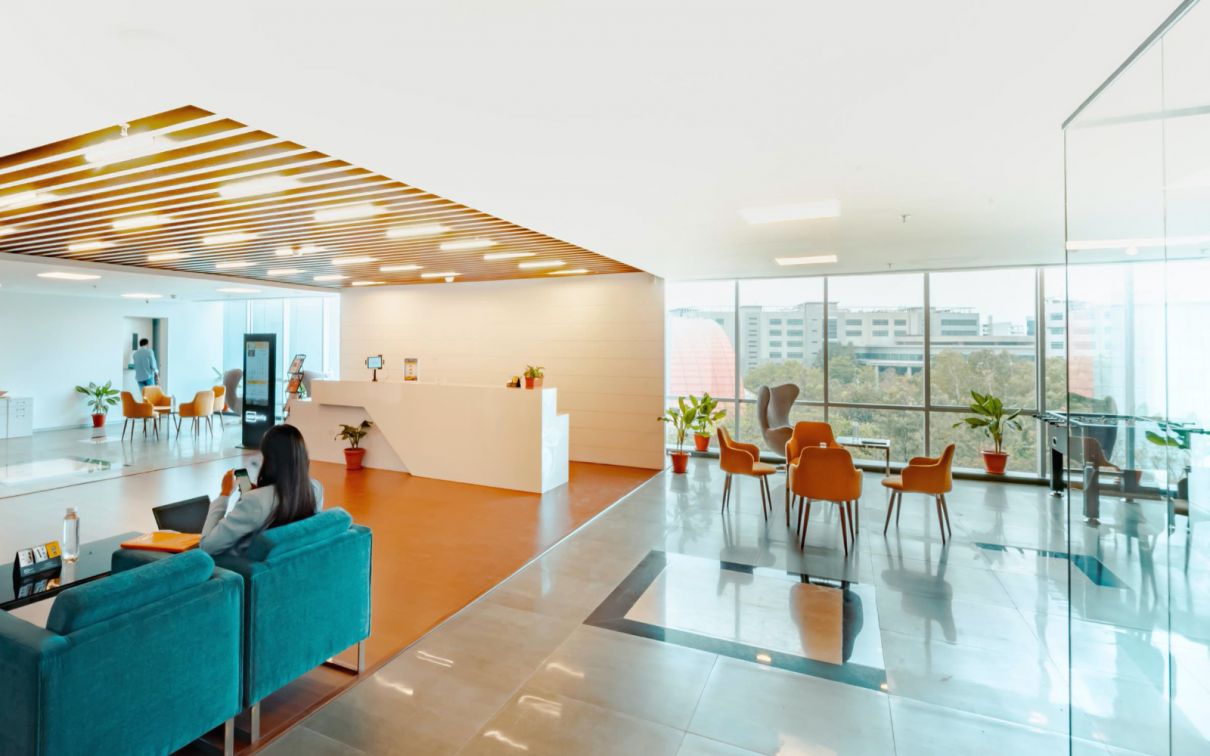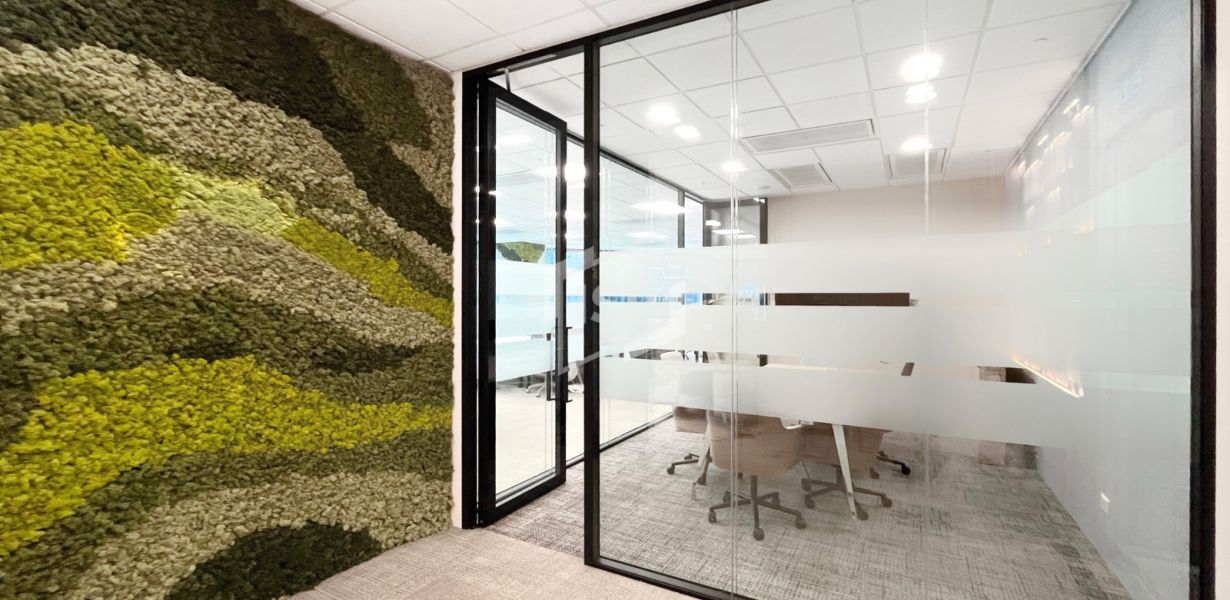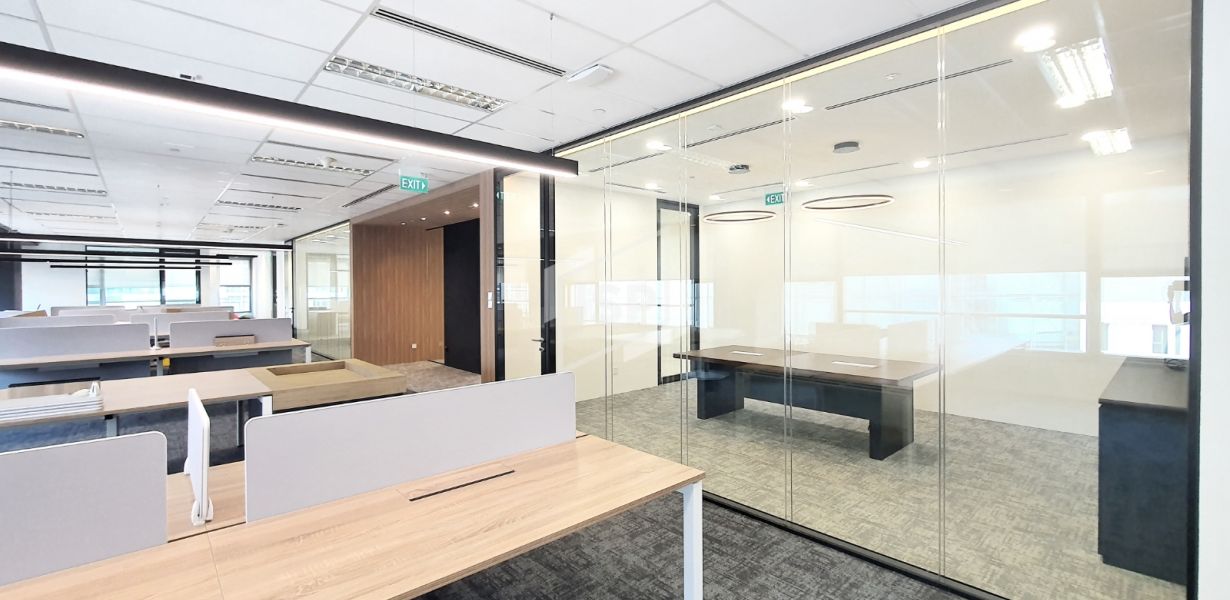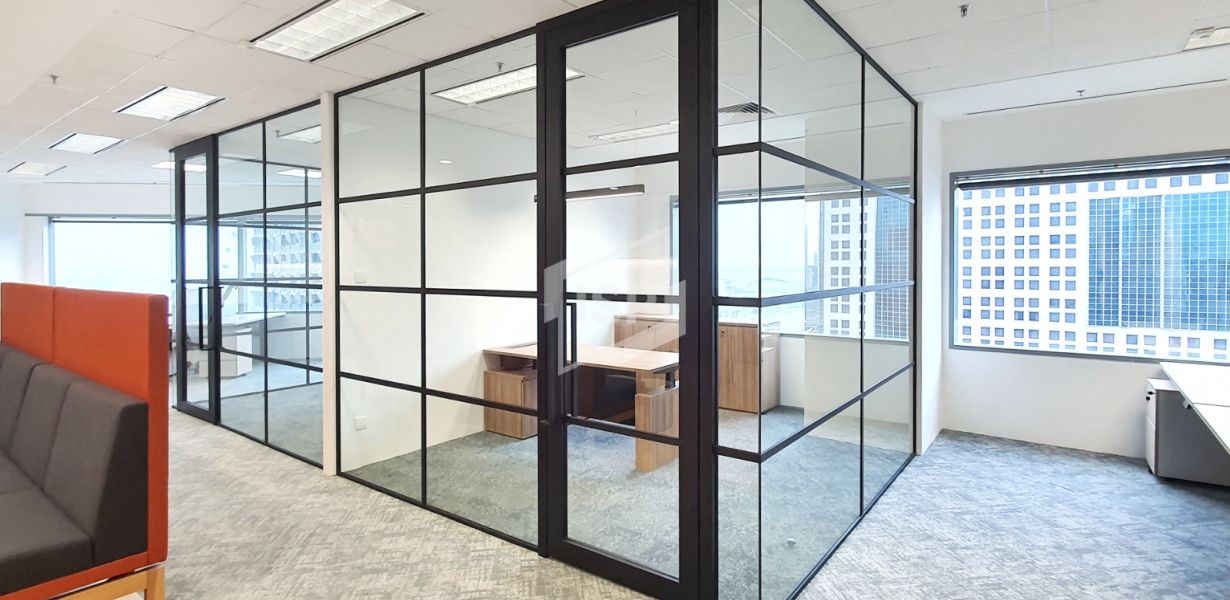Post-pandemic, what holds for the future of workspace?

COVID-19 has thrown almost all non-essential businesses into working remotely. Undoubtedly, this has also prompted businesses to adopt a fluid business footprint — one where working from home is as accepted, and as valued as working from the corporate office workspace.
An Abrupt Transition to Remote Working
Over the past weeks, companies needed to pivot quickly from working in a physical workspace to a remote setting. Whilst some has found working-from-home beneficial as it frees up the commute time for things that matter, this arrangement has not been productive for others due to home distractions.
Through this transition, technology has proven to be a useful tool to maintain collaboration and support human interaction for business continuity. However, they don’t quite do the same job as compared to face-to-face interaction. The physical workspace has a critical influence on company culture, brand identity, team building, and it also provides a space for connection, community, co-creation. Hence, it’s imperative for businesses to adopt a fluid business footprint.
A Fluid and Agile Workspace
By adopting a fluid business footprint, business owners are allowing their employee the autonomy to choose work where to work from — with maximum flexibility and minimum constraints, trusting that they will get their task done. For example, an employee can choose to work from home for tasks that they can work on individually. As for discussions that require an in-person meeting, employees know that there is a conducive environment to head to.
Designing the Post-Pandemic Workspace
Post-pandemic, reconfiguring the office is crucial to house different composition of space that is higher quality and well-equipped space to support employee’s needs, optimising performance and deliver a purposeful and productive environment. One way that can facilitate this change is through using glass partitioning in designs.
- Using Glass Partition Wall to Create Different Work Zones
Glass Partition Wall is an excellent way to divide spaces, but still allowing for a visually open workspace. For their ability to provide good levels of sound reduction, acoustic glass partitions are often used as room dividers, sectioning quiet rooms and meeting rooms. On top of having the capabilities of keeping sound out, glass partition wall also helps in creating a sense of openness by allowing natural light flow and visual connectivity.
- Demountable Glass Partitioning
This feature improves product resiliency that is beneficial for company scalability. It also reduces the cost of change for future design adaptation. Sitting between the ceiling and floor, our partitions walls are dismountable without causing substantial damages upon removal. With the use of dry glass-to-glass joints, it does not cause any mess between the two panels, which aids the reusability for both the partition wall and the joint, reducing on any possible wastage.
Through the past months “Circuit Breaker” implementation, our workforce has demonstrated resilience in adapting to the forced remote working arrangement. Post-pandemic, the need for a physical workspace will remain. Going to the office will be purposeful – there will be intentional spaces that allow people to connect and collaborate. The physical office environment will provide experiences that cannot be met via video conferencing and remote work. With a well thought out and rationalised fluid business footprint, it will empower companies to be adaptable to changes and unprecedented challenges that will be posted in the future.



